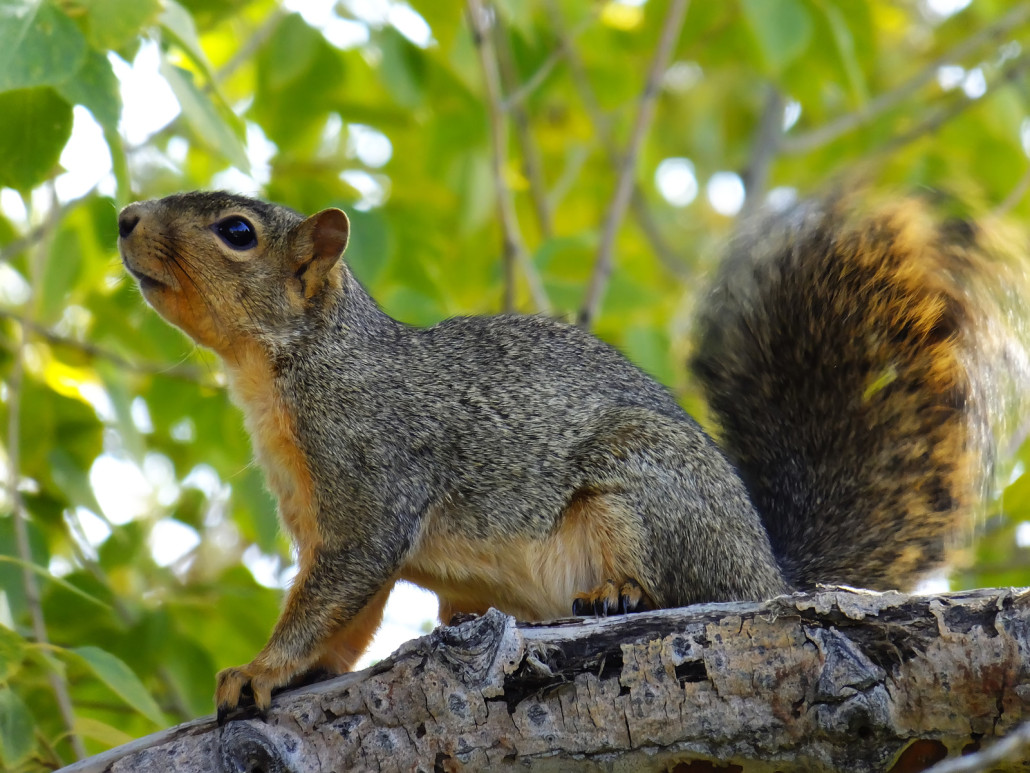Houston is home to a variety of wildlife, including squirrels and bats. While they play an important role in the local ecosystem, these animals can cause problems when they take up residence in or around your home. Squirrels and bats entering attics or other parts of a house can cause damage through chewing, nesting, and waste buildup. They also present health risks like rabies or parasites. For these reasons, swift removal is often the best solution for Houston homeowners dealing with unwelcome critters. This article will provide an overview of effective bat and squirrel removal in Houston area.
Signs of Squirrel and Bat Infestation
Health and Safety Risks
Squirrels and bats pose some health risks that make removal important. Squirrels can transmit diseases and parasites to humans through their droppings, fleas, and direct contact. Bats are the most common source of rabies infections in the US. Their droppings also contain histoplasmosis spores that can cause lung infections if inhaled. Bat bites are difficult to detect so rabies can be transmitted without knowledge. Contact with bats should be avoided, and any potential exposure reported to a doctor. Calling in professional removal services helps eliminate these health and safety risks.
Squirrel Removal Techniques
Removing squirrels requires sealing off all possible entry points and trapping any remaining animals inside. Entry points include holes in eaves, attic vents, roof lines, and openings around chimneys. Hardware cloth, metal flashing, caulk, and expandable foam can be used to seal openings. Traps baited with nuts or seeds should be set both inside the attic and outside near entry holes. Once squirrels are caught, they can be released far away from the property. Traps should be kept set until no more squirrels are caught. This indicates all squirrels have been removed.
Bat Removal Techniques
Bat removal also starts by sealing openings being used as entry and exit points. At dusk, observe where bats are exiting the building and use exclusion devices to allow bats to leave but not re-enter. One-way exclusion valves can be installed in openings. Screening, hardware cloth, expandable foam, caulk, and sealants help close off openings completely. Trapping is not recommended for bats as their presence indicates an established colony. Bats should be allowed to exit naturally over several days before seals are placed. This avoids trapping bats inside. Professional bat removal services may use deterrents, sonic devices or exclusion gel to speed relocation. Once all openings are sealed, the bats will find a new roost.
Professional Removal Services
Squirrel and bat removal can be difficult for homeowners to fully complete on their own. Professional wildlife removal services have the expertise, equipment and materials to address infestations. They can conduct thorough inspections to find all entry points, set traps, use exclusion devices, and permanently seal openings. Their work helps ensure complete removal and prevents recurrence. For liability and safety reasons, professional removal is recommended. Services follow laws and regulations related to humane wildlife handling and exclusion. Homeowners should hire licensed, insured removal companies.
Prevention Tips
Preventing future squirrel and bat colonization requires vigilance. Keep an eye out for new openings or damage that could create entry points. Replace worn seals around doors, eaves and vents. Install chimney caps and vent screens. Use animal-proof garbage cans. Keep trees and branches trimmed away from the house. Pick up fallen nuts and fruit. Motion-activated lighting, predator urine and wildlife repellents may also help deter squirrels and bats. Consider professional exclusion services to permanently seal openings and make the home less inviting. Prevention is key to avoid recurring issues.
Conclusion
Homeowners in Houston often contend with nuisance wildlife like squirrels and bats, leading to potential damage and health risks. Addressing squirrel and bat removal in Houston requires sealing entry points, trapping, and ensuring a safe exit. Professional services specializing in raccoon removal in Houston are crucial for effective, permanent exclusion. Prevention strategies involve maintaining the home’s exterior, installing deterrents, and proactively sealing openings. Swift action using humane, legal control methods provides long-term relief from these pesky invaders, safeguarding homes from the challenges posed by squirrel and bat infestations.



